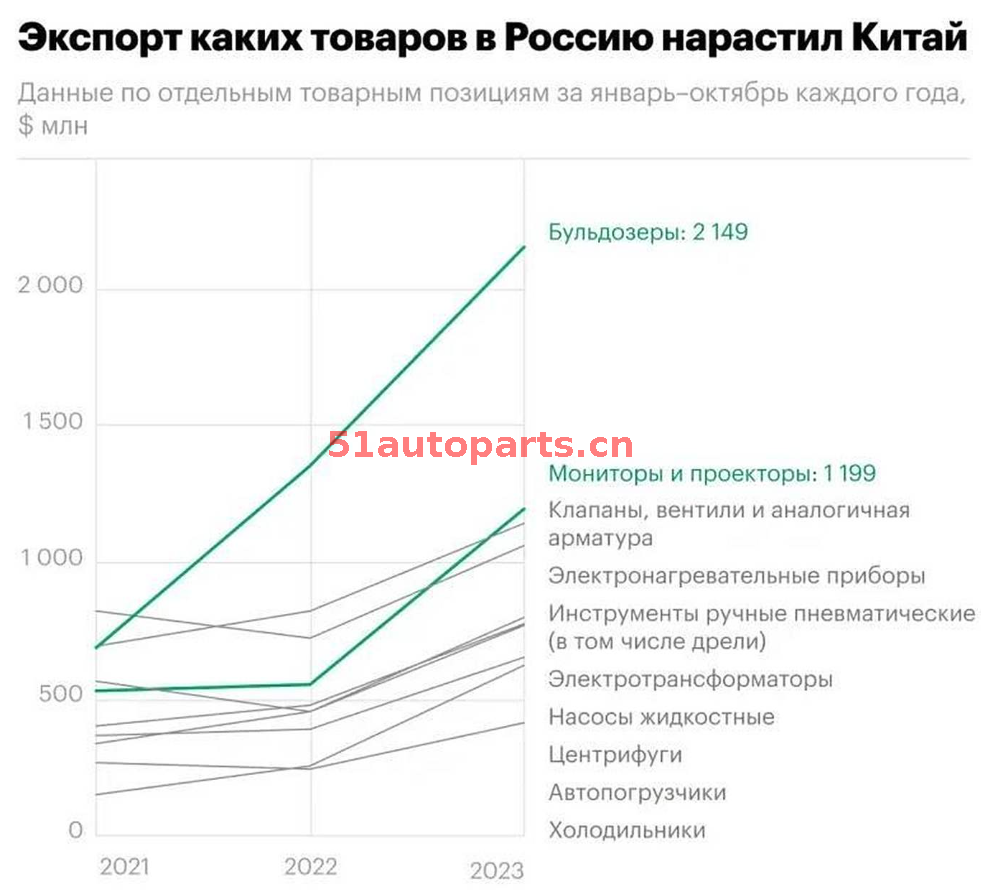Why are most customs data queries inaccurate for Russia's foreign trade data?

Today, let's explore why most customs data queries for Russia's foreign trade data are inaccurate? Or perhaps not at all? Especially after 2022, there is almost no trade data related to Russia.
It's a long story here, actually involving multiple levels of reasons, including data sources, statistical methods, policy transparency, and international environment. Now let's expand on it.
Limitations of data sources
Most third-party customs data platforms (such as ImportGenius, Panjiva, TradeDataMonitor, Auto Parts Fast Lane, etc.) rely on export declaration data from other countries to reverse calculate Russia's import data. For example:
- China, Germany, the United States and other countries will declare the information of goods to their own customs when exporting;
- These data are collected by commercial companies and used to build the 'Russian Import' database.
The problem with this type of data is that:
- These data only reflect the declared exports to Russia by the exporting countries and do not represent the actual imports or statistical data of Russia's official imports;
- Russian imports may be transshipped through third countries (such as Kazakhstan, Belarus, Armenia, etc.), resulting in the declaration of origin being a transit country rather than the true source country;
- There may be time delays, missing information, or declaration errors in the data (such as incorrect HS code for goods, false amount reporting, etc.).
Russia's own customs data transparency is limited
Although the Federal Customs Service of Russia releases official trade statistics, its public channels have slow data updates, rough classifications, and high barriers to access;
Official data is usually released in monthly or quarterly form, and only provides summary data (such as country+HS code category), lacking detailed bill of lading level information (such as company name, goods details, transportation mode, etc.);
Compared with European and American countries, the electronic and public level of customs data in Russia is relatively low, making it difficult for third-party platforms to capture and integrate it in real time.
Russia is relatively lagging behind in the construction of customs data management, including the impact of sanctions, and deliberately hiding some real data.
The impact of transit trade and sanctions evasion
This is particularly evident after 2022, with almost no data available for querying.
Since the Russia-Ukraine conflict in 2022, the West has imposed large-scale sanctions on Russia, resulting in:
- A large number of commodities enter Russia through the transit of third countries (such as China, Türkiye, Central Asia, Armenia, Georgia, etc.);
- Exporters may conceal the true destination during customs declaration or declare the goods as "local consumption" to avoid scrutiny;
- Using 'grey clearance' or informal channels for customs clearance resulted in the goods not being officially recorded in the customs system.
This also makes:
- The statistics of "exports to Russia" based on data from exporting countries are severely underestimated or distorted;
- Official import data from Russia also cannot fully reflect the true trade flow.
As a result, it is inevitable that the data cannot be queried or the queried data is inaccurate.
In addition, when querying Russia's trade data, some are in English, some are in Russian, and there are difficulties or errors in matching, which ultimately leads to inaccurate data.
Also, regarding trade with Russia, settlement is also restricted due to the impact of sanctions. So, some people simply choose not to do it or engage in transit trade.
Therefore, it is understandable that Russia's trade data cannot be found or accurately queried by various customs.
Finally, friends who need to use customs data can check into the auto parts fast lane and use foreign trade customs data at a super low price.


